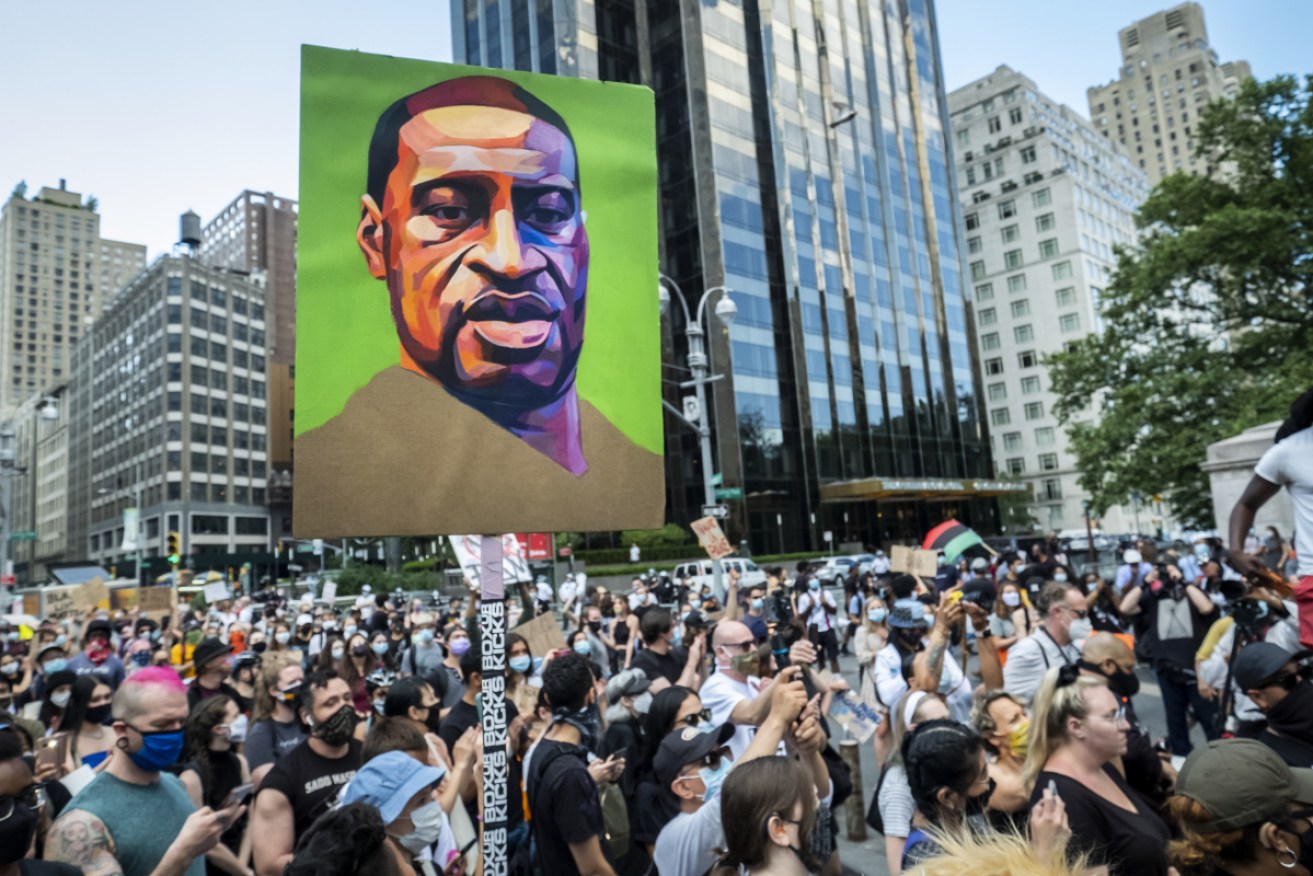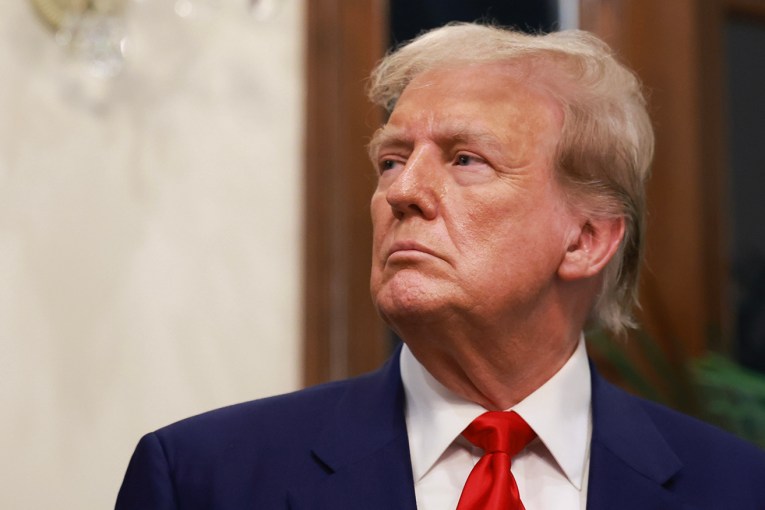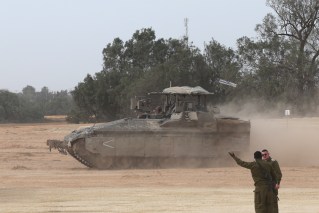One year on, how George Floyd’s killing changed the world – and didn’t


Worldwide anti-racism protests erupted after the death of George Floyd. Photo: Getty
It was just before 8pm on this day last year when African-American man George Floyd bought a packet of cigarettes from a Minneapolis grocery store.
Minutes after he left, a teenage shop attendant called 911 after inspecting the 46-year-old’s $US20 note and deciding it was a fake.
Within half an hour, Mr Floyd was dead – and a global anti-racism movement was reignited.
Derek Chauvin, the white police officer who kneeled on Mr Floyd’s neck for more than nine minutes, was found guilty of second-degree murder last month and will likely remain behind bars for at least 12 years.
But although justice has been partly served through the courts, the ramifications of Mr Floyd’s death are far from over.
His killing was the final straw for millions of people targeted by racism in the US and overseas, including in Australia.
Here’s what has happened since.
Global protests
Over the following 12 months, Black Lives Matter rallies quickly spread beyond Minneapolis to major American cities and eventually around the world.
That included Australia.
Across capital cities and towns, tens of thousands of Australians rallied against racism, holding signs bearing Mr Floyd’s final words: “I can’t breathe.”

Aboriginal activists rallied in 2020 to show solidarity with the Black Lives Matter movement in the United States. Photo: Getty
The movement also shone a spotlight on Australia’s incarceration of Indigenous people and their deaths in custody, including that of David Dungay Jr, a Dunghutti man from Kempsey who died in Sydney’s Long Bay jail in 2015.
The Guardian reported guards rushed his cell to stop him eating biscuits, dragged him into another cell, and then held him face down while he was injected with a sedative.
Similar to Mr Floyd, he said he could not breathe numerous times before he died.

Leetona Dungay, the mother of David Dungay Jr, is comforted outside the Supreme Court in Sydney. Photo: AAP
Anger at colonisation
Part of the mass protests involved removing symbols of colonialism from universities and public places.
In what some historians have described as an “unprecedented” public reckoning with the British empire, an estimated 39 names – of streets, buildings and schools – plus 30 statues, plaques and other memorials, have been or are undergoing changes or removal since last year’s Black Lives Matter protests in the United Kingdom.
Among the first statues to fall was that of slave trader Edward Colston in Bristol. It was replaced with a sculpture of activist Jen Reid.

Protesters throw a statue of slave trader Edward Colston into the Bristol harbour during a Black Lives Matter protest rally. Photo: AAP
A similar debate re-emerged in France about how to deal with its colonial history and slave-trading past.
Starting in French Caribbean islands, statues were pulled down or defaced by protesters.
In Australia, activists vandalised statues honouring Captain James Cook and previous prime ministers like Tony Abbott – an act some commentators slammed as “virtue signalling” aimed at “erasing history”.
At the time, prominent Australian historian Stuart Macintyre said removing statues was “removing the capacity for people to have an informed awareness of what has happened in the past, and things that have changed since”.
“It would be far more profitable to stop thinking about where I can find a rope, and to try to think about ways in which we might make a properly critical response to these monuments that would satisfy the feelings of Indigenous people,” he told the Sydney Morning Herald.

The Hyde park statue honouring Captain Cook in Sydney has become a focus of anti-racist protests. Photo: ABC News
Racial injustice continues
Although the global demonstrations raised awareness of racism around the world, human rights experts say we still have a long way to go.
- Aboriginal people still have the highest rate of incarceration of any group in the world. Despite making up just 3 per cent of our general population, Indigenous Australians account for nearly 30 per cent of people in jail
- In December, a police officer was caught on tape shoving and verbally abusing an Aboriginal teenage boy in the Alice Springs watch house, before threatening to “belt the f— out” of three others
- A NSW Police officer was charged in May over the alleged assault of an Indigenous teenager in Sydney last June. A viral video of the incident showed the officer performing a “leg sweep”
- As recently as Sunday, British Black Lives Matter activist Sasha Johnson was left in a critical condition in London after being shot in the head “following numerous death threats”, according to a statement by her political party.
Rodney Dillon, a Palawa Elder from Tasmania and Amnesty International Australia’s Indigenous rights adviser, said if anything, racial inequity was “getting worse” in Australia.
He pointed to new legislation introduced this year that will allow Queensland and NT authorities to dish out harsher penalties to youth offenders – many of whom are Indigenous kids.






